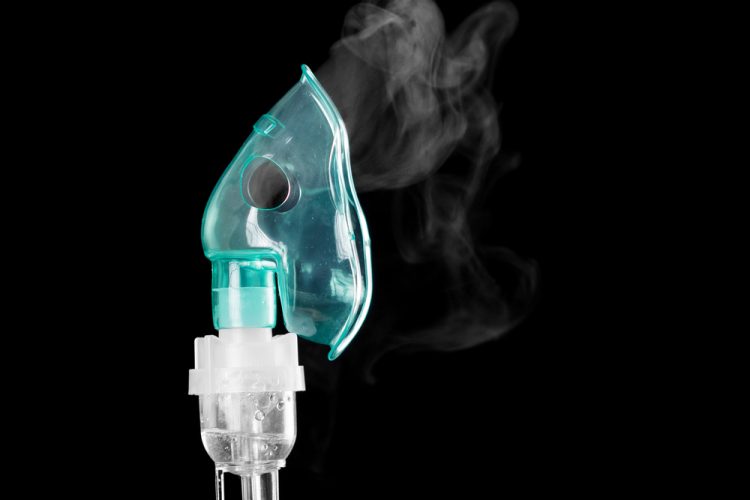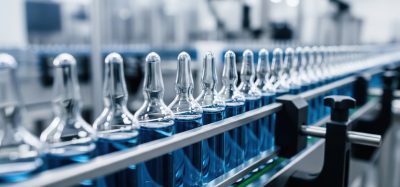Inhaled hyaluronan shows promise in COPD
A study shows inhaling hyaluronan is effective as a treatment for severe flares of chronic obstructive pulmonary disease (COPD).
Researchers have identified a novel way of treating patients suffering from severe exacerbation of chronic obstructive pulmonary disease (COPD). In a trial, patients inhaling unfragmented hyaluronan had improved lung function, spent less time requiring breathing support while in intensive care and stayed in hospital for a reduced period.
Hyaluronan is a sugar secreted by living tissue that acts as a scaffold for cells, it is also used in cosmetics such as a skin moisturiser and as a nasal spray to moisturise lung airways.
The team decided to investigate whether inhaled hyaluronan could benefit COPD patients after the study’s co-senior author, Dr Stavros Garantziotis, medical director of the Clinical Research Unit at the US National Institute of Environmental Health Sciences (NIEHS), discovered that exposure to environmental pollution causes hyaluronan in the lungs to break down into smaller fragments.
He explained that these fragments go on to irritate the lungs, activating an immune response that causes the airways to constrict and become inflamed. He also determined that inhaling healthy, unfragmented hyaluronan reduces inflammation by outcompeting the smaller hyaluronan fragments.
According to Garantziotis, hyaluronan surrounds cells like mortar surrounds bricks. Introducing pollution causes cracks in the mortar, breaking it into smaller chunks. These chunks then cause inflammation. However, “Reintroducing the full-length hyaluronan, like a fresh coat of mortar, means it is less irritating and reduces the amount of inflammation.”
Hyaluronan is approved in Italy for airway moisturisation, so Garantziotis collaborated with colleagues in Rome to see if inhalation of full-size hyaluronan could improve lung function in critically ill COPD patients. The patients enrolled in the study were using a breathing apparatus similar to a continuous positive airway pressure (CPAP) machine to treat their acute exacerbation of COPD. This apparatus provided breathing support by blowing air into the airways through a mask.
“Inhaled hyaluronan qualifies as a stimulating aid for patients with exacerbated COPD, as it is safe and easy to administer,” explained co-senior author Dr Raffaele Incalzi, Department of Medicine, Campus Bio-Medico University and Teaching Hospital in Rome, Italy. “Furthermore, it acts locally, only in the bronchial tree and, thus, cannot interfere with any systemic drug.”
In addition, Garantziotis wanted to ascertain what was causing the airways to constrict in COPD patients and theorised that thick mucus may be involved. In collaboration with scientists at the University of Alabama at Birmingham (UAB), US, they grew airway cells from emphysema patients in culture and looked at how mucus moved in the cells. They saw that mucus flowed more easily after administering hyaluronan.
Co-author Dr Steven Rowe, director of the Gregory Fleming James Cystic Fibrosis Research Center at UAB, said if patients with severe COPD took hyaluronan, the treatment would improve mucus transport and aid their recovery.
Current treatments for lung disease include inhaled steroids, antibiotics and bronchodilators; therefore, using a molecule found in the body is a novel concept. Garantziotis now intends to study the inhaled unfragmented hyaluronan treatment in more patients in the US, so he can determine the optimal conditions and dosing.
The results were published in Respiratory Research.





![Roche logo sign lit up [Credit: testing/Shutterstock.com].](https://www.europeanpharmaceuticalreview.com/wp-content/uploads/Roche-3-400x187.jpg)




